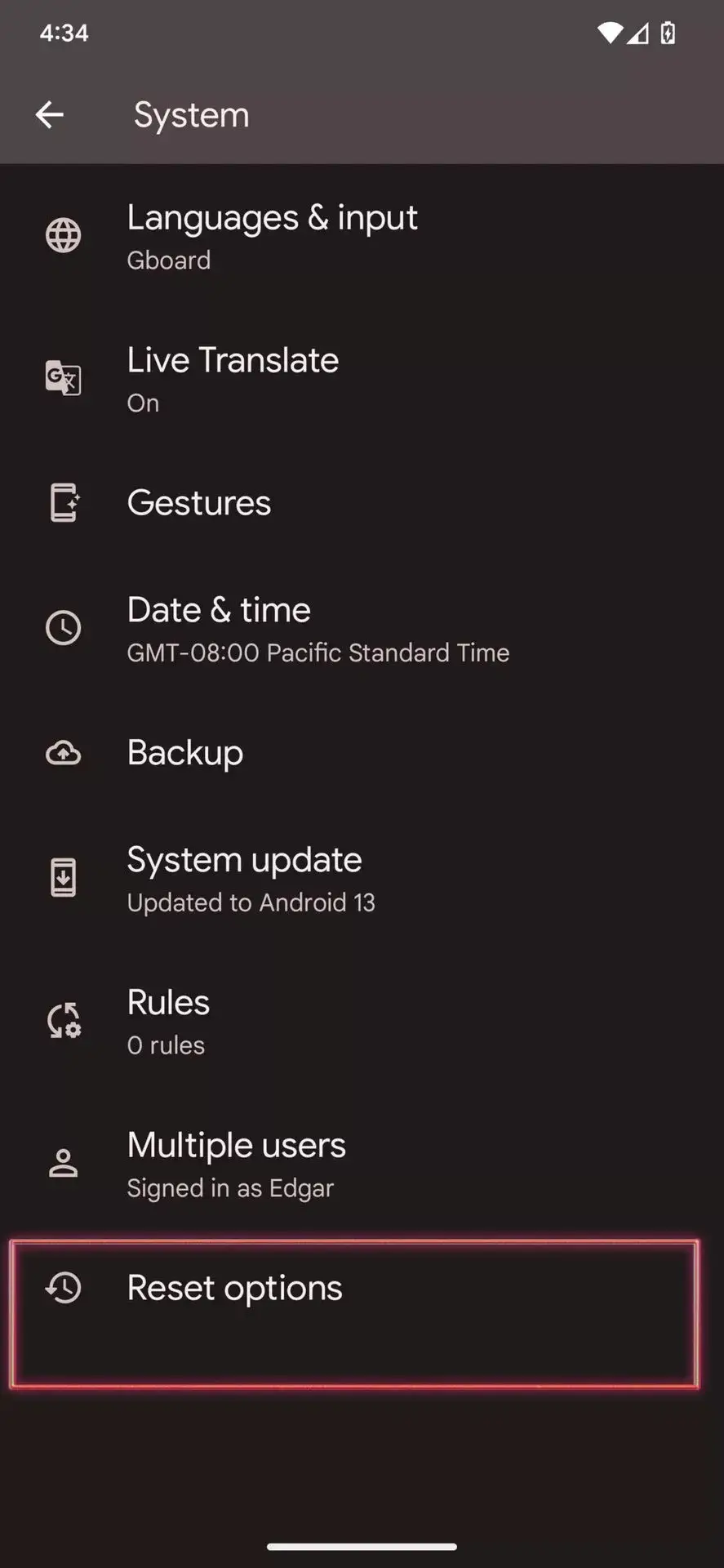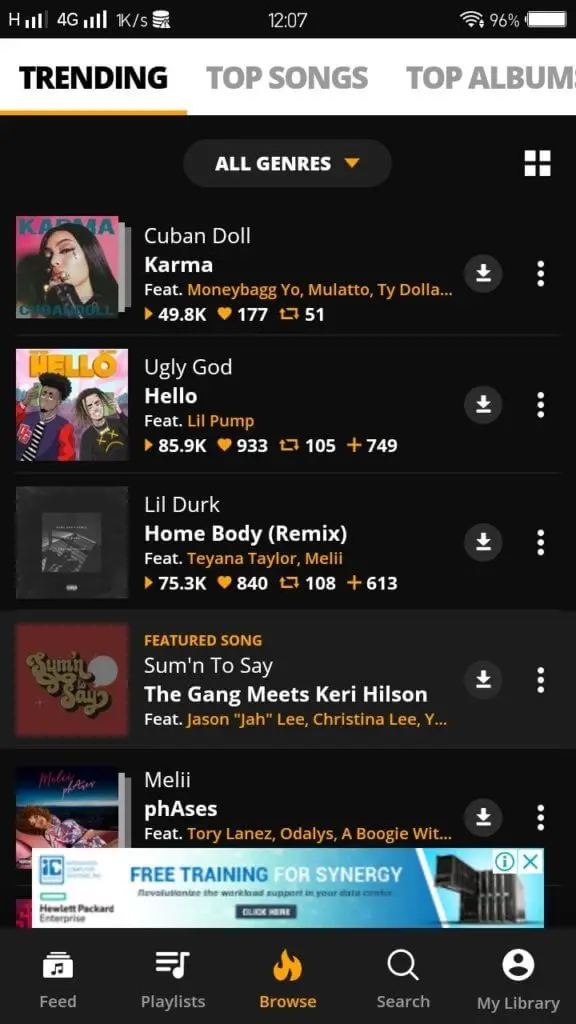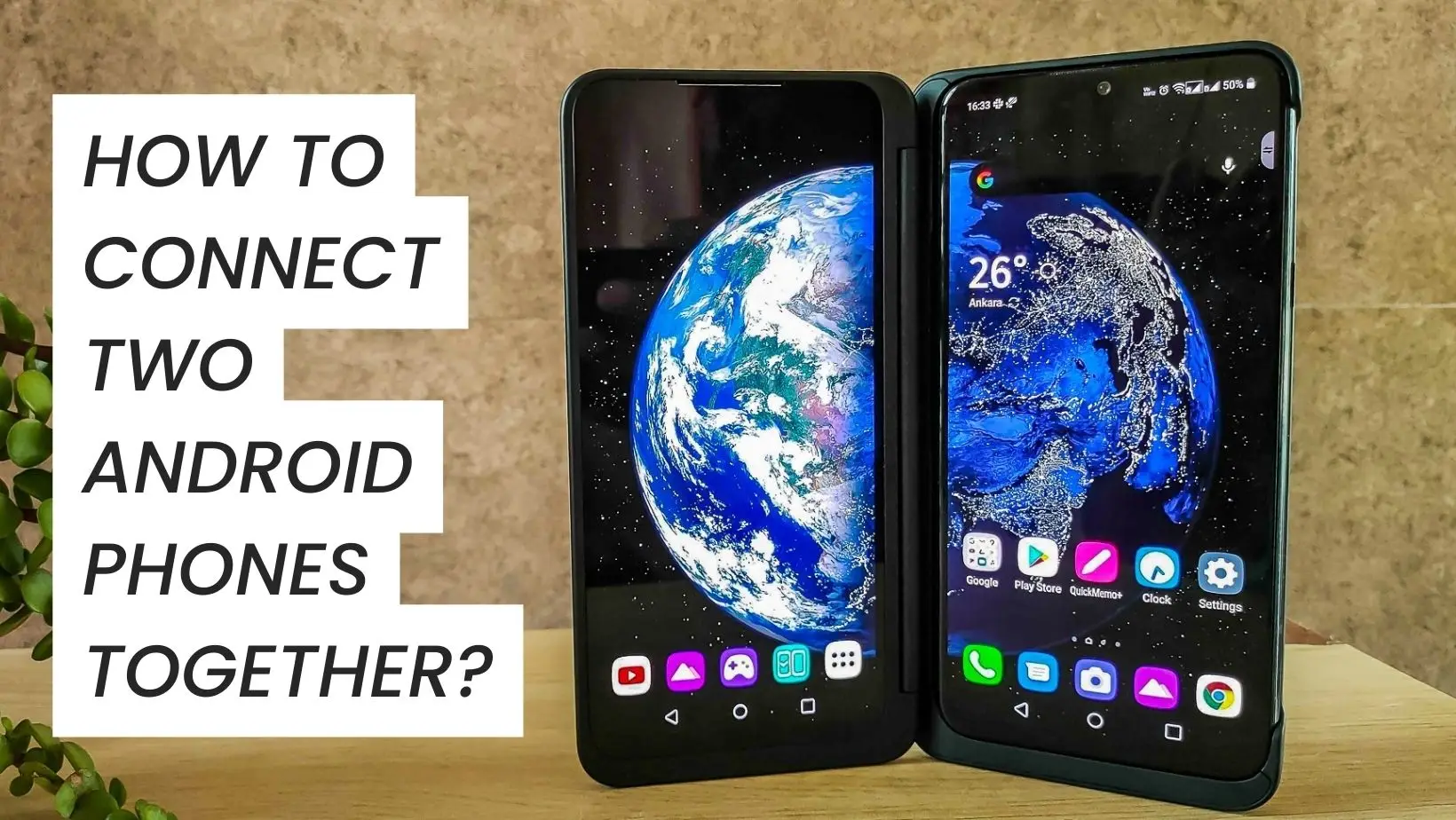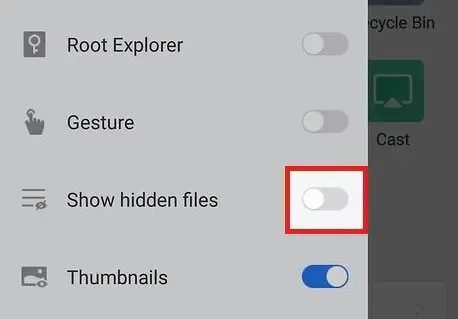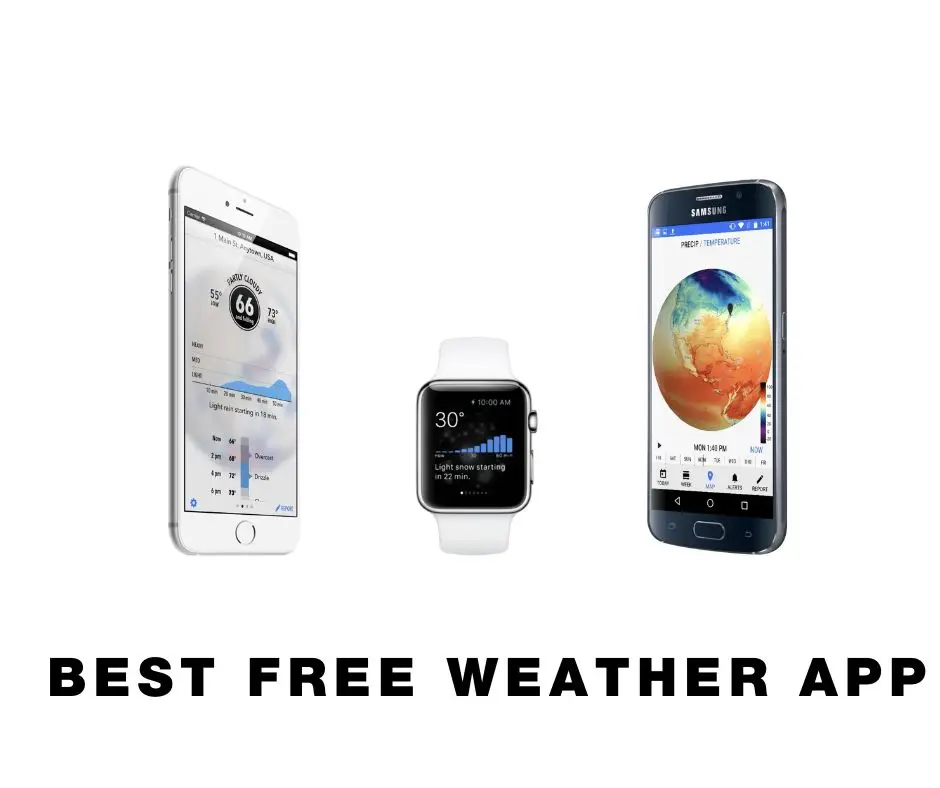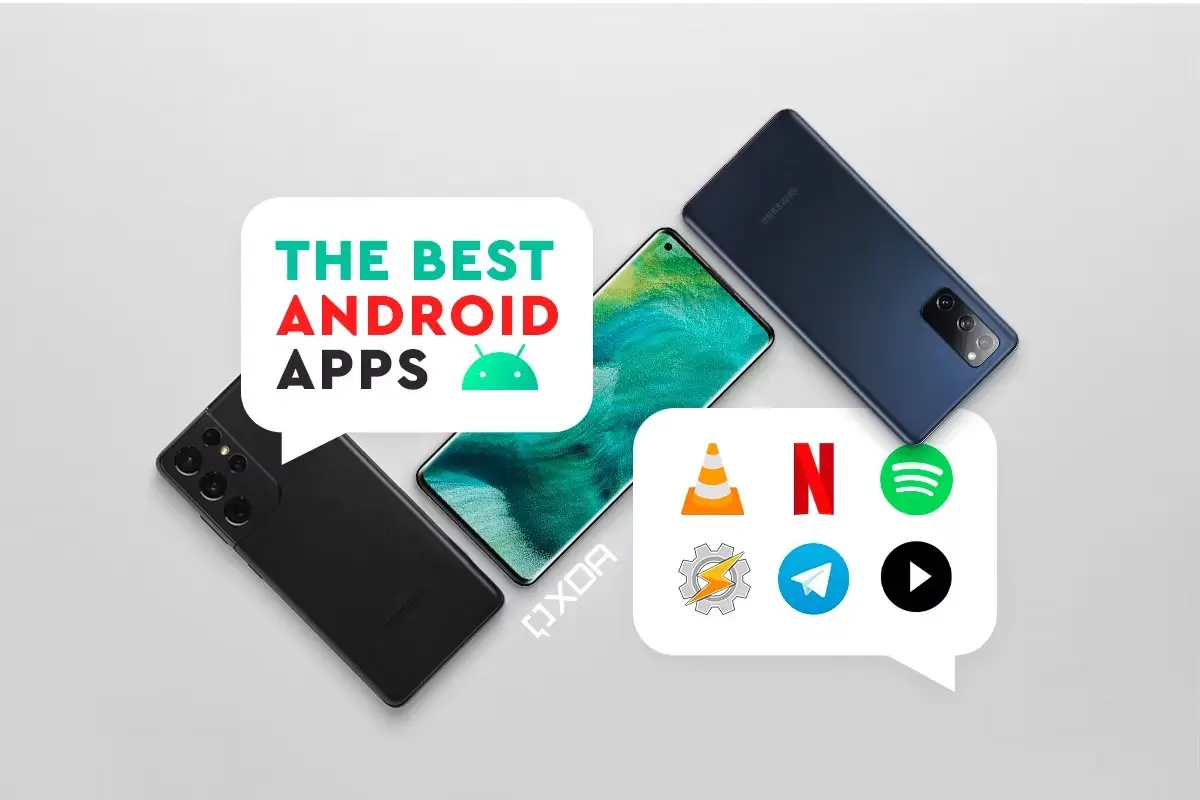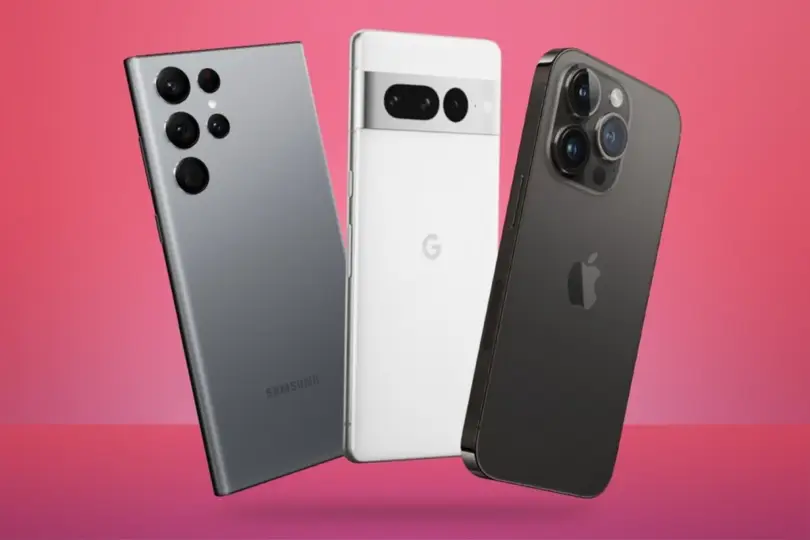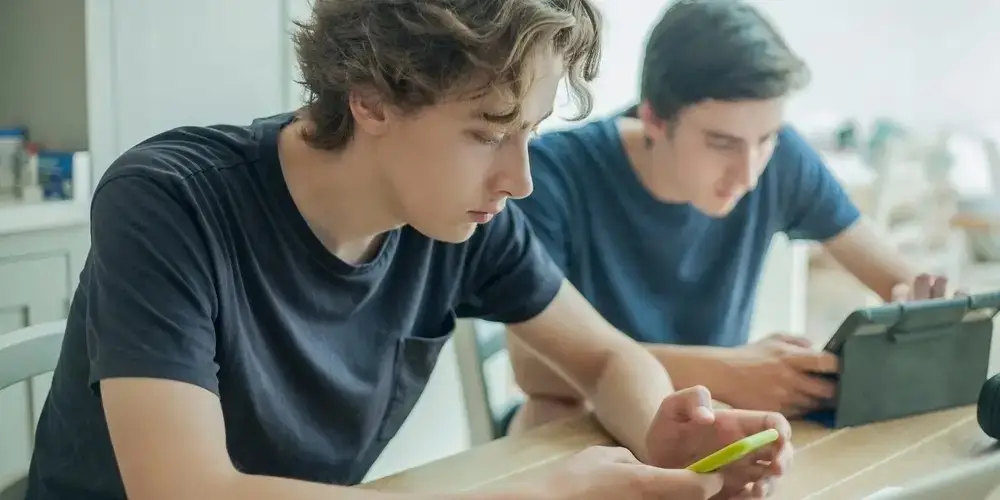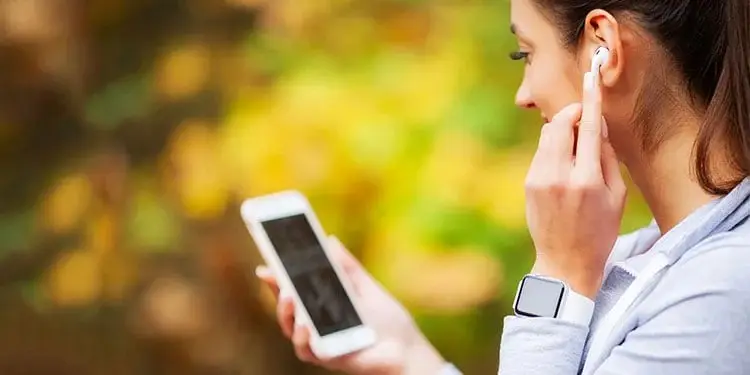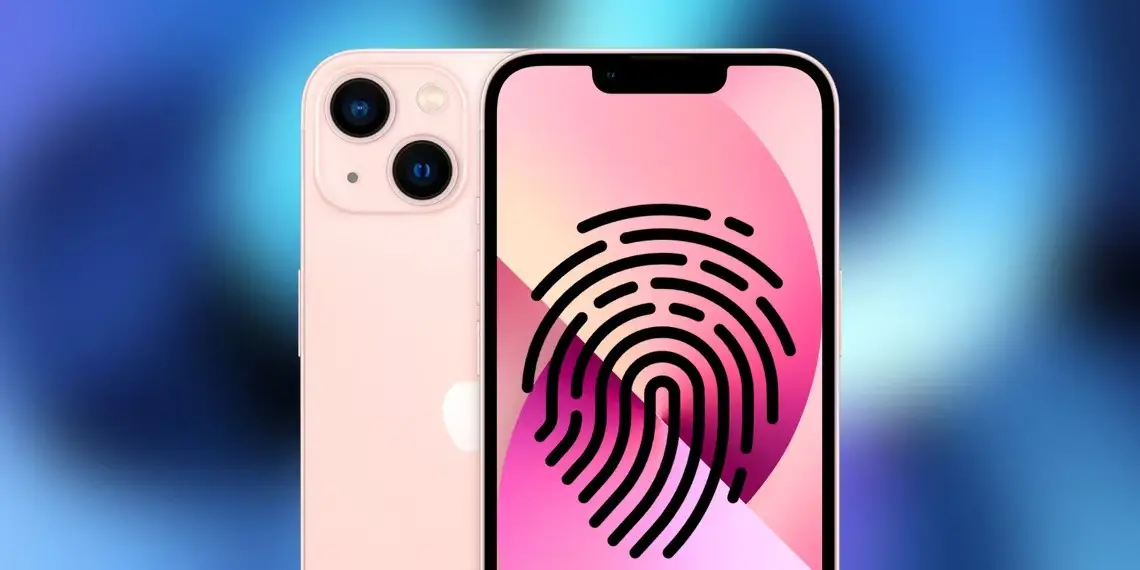Shooters may improve images with the aid of apps not just through mobile editing capabilities but also at the time of original shooting. Discovering applications that satisfy each user’s photographic requirements might also enable users to save money before opting to switch to a newer smartphone model with a better camera.
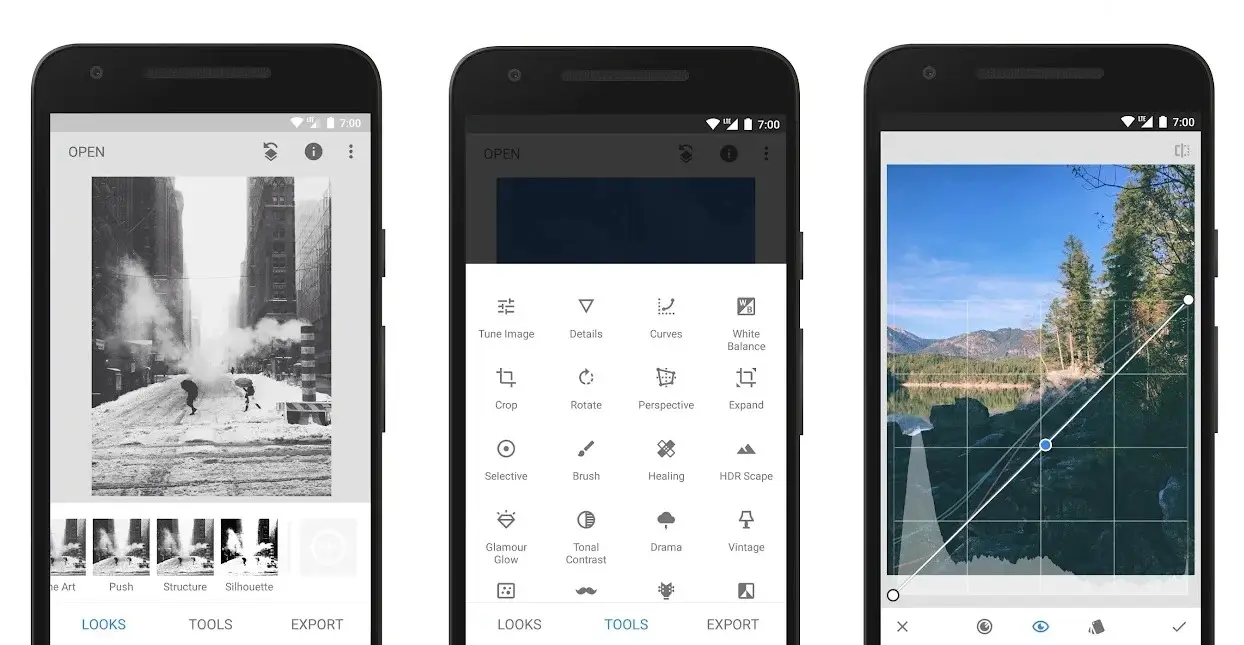
Nevertheless, searching through hundreds of android apps on Google Play in an effort to discover one that fulfills its claims might take a while. We have put together a selection of Android applications that will enhance your smartphone shooting in order to help you get started with effective and pleasant mobile photography as soon as possible.
These are the top choices if you’re looking for an excellent camera app for Android to shoot better photographs and enjoy additional features!
What Is The Best Camera App For Android Phones?
The best Android camera app is Lightroom.
As the greatest tool for mobile post-processing, Adobe’s mobile Lightroom software is already a strong contender. But it goes beyond that; it also has a camera capability, making it a fantastic option for anybody looking for an all-in-one app for smartphone photography.
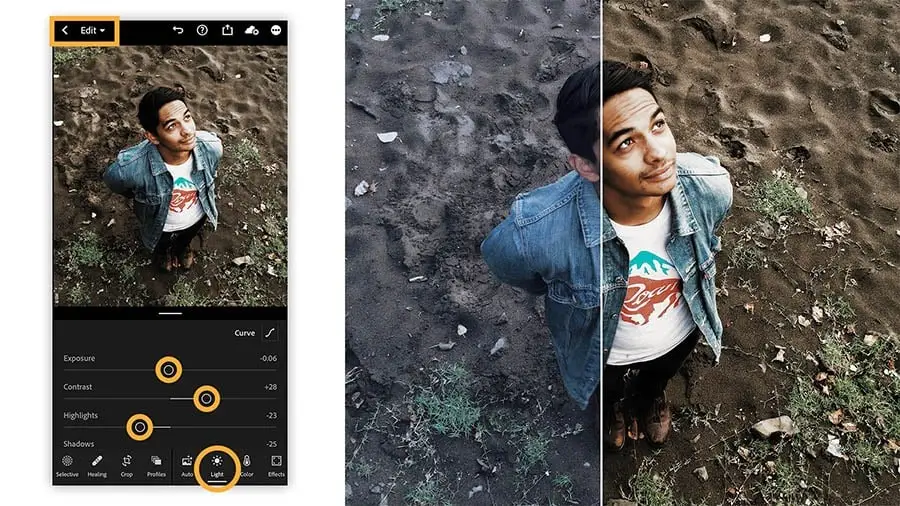
Although the mobile app is free, unlike the desktop versions, it does need users to register or log in using a Google or Facebook account. If you already have an Adobe ID, you may use it to log in.
Candy Camera
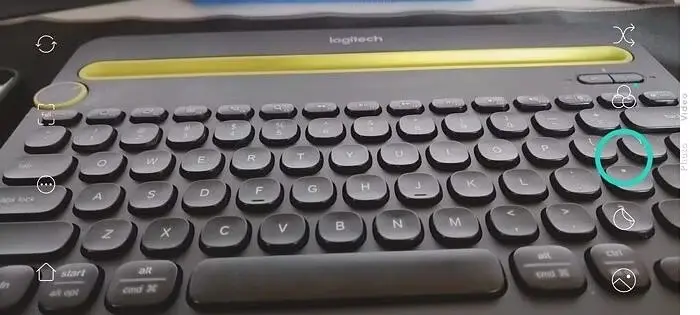
This one is from a time when the default camera applications on the majority of smartphones were basic and you required an app to take nice selfies with eye-catching effects. Candy Camera is mostly used for selfies and is designed in particular for those who enjoy sharing their photos on Instagram and other social media platforms.
Footej Camera 2
Footej Camera 2 can be a fantastic choice for you if you’re seeking for a dependable alternative to your standard camera app for both photographs and recordings. There are several aspect ratios and resolutions available, as well as Auto-HDR options. Similar to the iPhone or the motion-enabled photographs shot by Google Camera, support for Live Photos is also available.
Camera FV-5 Lite
An software called Camera FV-5 offers some strong features for taking images the way you desire. We choose the light version of the application since it is free, making it a good opportunity to test it out. If you enjoy how it functions, you can always purchase the full version to have access to all of the features.
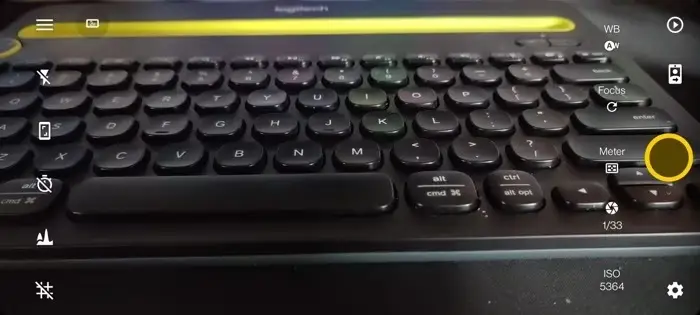
The whole range of manual controls offered by the Camera FV-5 may be recognizable to you if you’ve used a professional camera. The exposure, focus distance, and shutter speed of the photos you capture are all completely in your hands. You may take RAW photos with this app as well. The option to display a histogram in the viewfinder is another helpful function.
Silent Camera
You can probably tell from the name of the program that the focus is on taking quiet images without a shutter sound. Although the majority of camera apps, including your default one, probably already have the ability to turn off the shutter sound, certain phones don’t come with that feature or it might not be accessible in all places.
In addition to muting your shutter sound, Quiet Camera offers a nice selection of other capabilities, including the option to use the burst mode to capture 40 shots in a split second and various built-in effects and filters. The only downside to this software is that it includes adverts in the camera Interface, which may turn some users off.
ProCam X Lite is the best free camera app for Android.
Actually, ProCam X Lite is a free version of ProCam X. Even with fewer functionality, the camera app can still hold its own as a respectably reliable choice for smartphone shooters.
Unless they wish to unlock maximum resolutions, infinite video recording time, a real-time histogram, and focus peaking, it’s probable that the majority of users will find the app’s features to be more than enough. But, ProCam X Lite still supports RAW shooting.
Cymera
A camera app geared for fans of social media is called Cymera. Cymera might not be the right software for you if you wish to experiment with different genres of photography. Yet it has a lot going for it in terms of entertaining social media images and content.
The stickers and filters that are included may be a lot of fun. There is a considerable variety. Although being free, the app only allows in-app purchases for a lot of its supplementary features.
Open Camera
Another good manual camera app for Android is called Open Camera. This isn’t the app for you if you want social media filters. Nonetheless, it can be if you like manual photography controls.
You may point and shoot with excellent results while using the auto mode, which creates high-quality photographs. But in addition, you have access to manual adjustments for things like ISO, shutter speed, and exposure compensation.
Best Filters Camera App for Android
VSCO
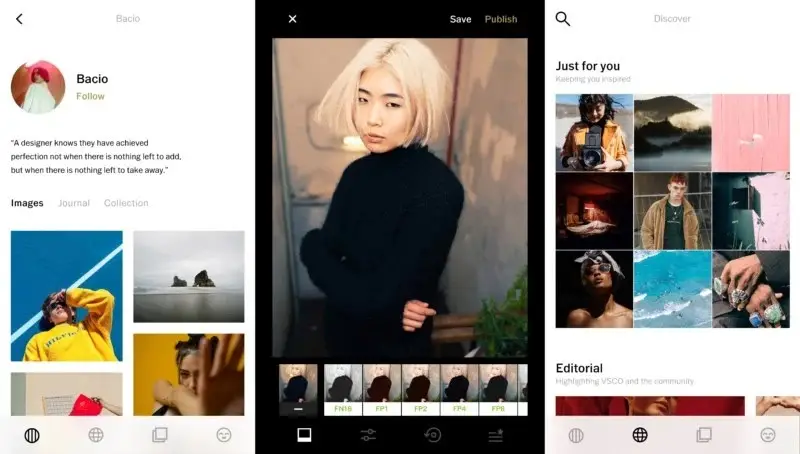
For many years, VSCO has been a well-liked photo-editing tool, with an emphasis on all of the many filters it provides. Emulation of common film stocks, which transforms a digital smartphone snapshot into a more detailed, imperfectly perfect capture that approaches the properties of analog, is what many people find attractive.
Users may shoot a photo using the built-in camera on their phone or upload one from the gallery on their phone.
Snapseed

Unsurprisingly, approximately 1.5 million people have given Google’s Snapseed—previously released and owned by Nik—a 4.5-star rating. The software is free to download and doesn’t have any annoying advertisements that can turn off many users or cause their devices to run slowly.
Tips To Optimise Your Photos With The Best Android Apps
Edit photos to make them pop
Mobile photo editing applications have advanced significantly. They have greatly increased their strength as a result of AI and machine learning (ML). With one of the top picture editing apps for your phone or tablet, you may adjust the colors, contrast, highlights, and more. These elements don’t need to be changed. A one-touch booster that instantly improves a shot is a feature of all applications.
You can notice how the original photo’s colors were a little subdued in the samples below. After a brief adjustment, the pictures stand out much more.
But that’s not the case. With Google’s Magic Eraser, you may delete undesired items from your images. You may test a lot of Magic Eraser alternatives on your Android phone if you don’t use a Pixel.
Hold your phone steady
While using Night mode or taking images in low light, place your phone on a stable surface. This eliminates unintentional jerks and shaking from your hand, allowing the camera to open its shutter speed for a longer period of time. The final image should be better as a result of the sensor absorbing more light.
Not always will this be achievable. Sometimes you’ll need to be a little creative and lean your phone on a tabletop Coke bottle. The outcome, though, can be well worth the effort. Look at the illustration below.
Get innovative with the lenses and angles
Wide, ultrawide, macro, and telephoto sensors are all included in smartphones’ cameras. Never always capture a scene with the main camera. Use creative camera angles and lenses. A lot more of a scene may be captured by ultrawide cameras, which can also be utilized to take some stunning pictures.
Left: Image taken using the main camera. Right: The identical scene captured with an ultrawide lens.
Similarly, it’s not necessary to take every picture of a subject who is directly gazing at the camera. While you take a photo, turn your phone over or stoop a little to get fresh perspectives. The final results could be far more dramatic.
Check out Latest Android Phones News on Fringtones.net if you want to keep up with the latest technology news!

